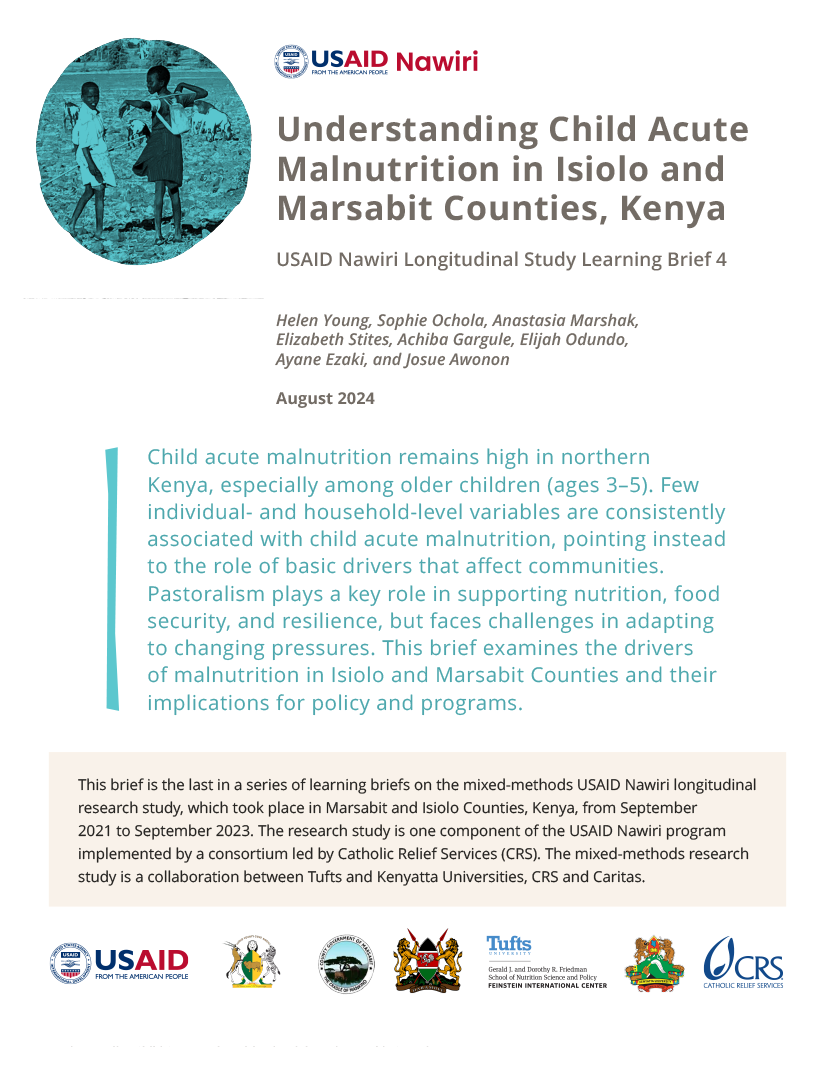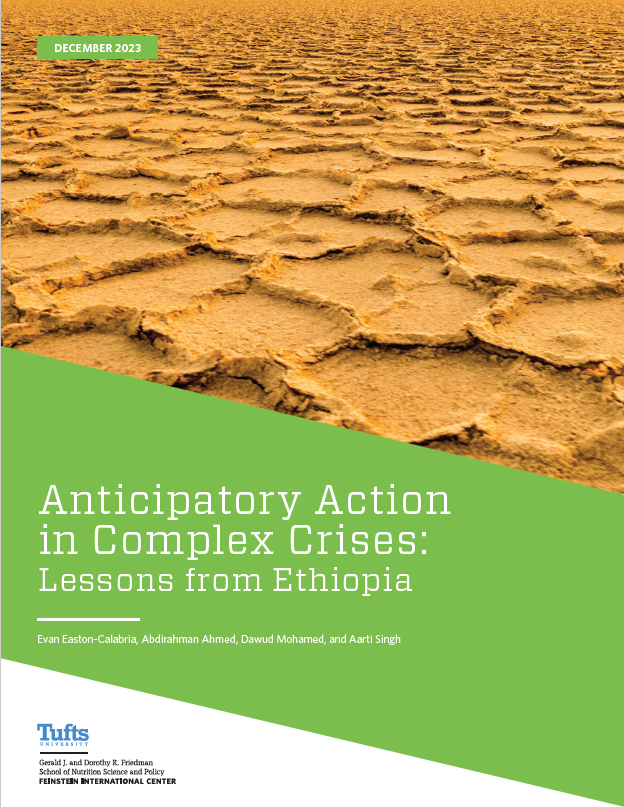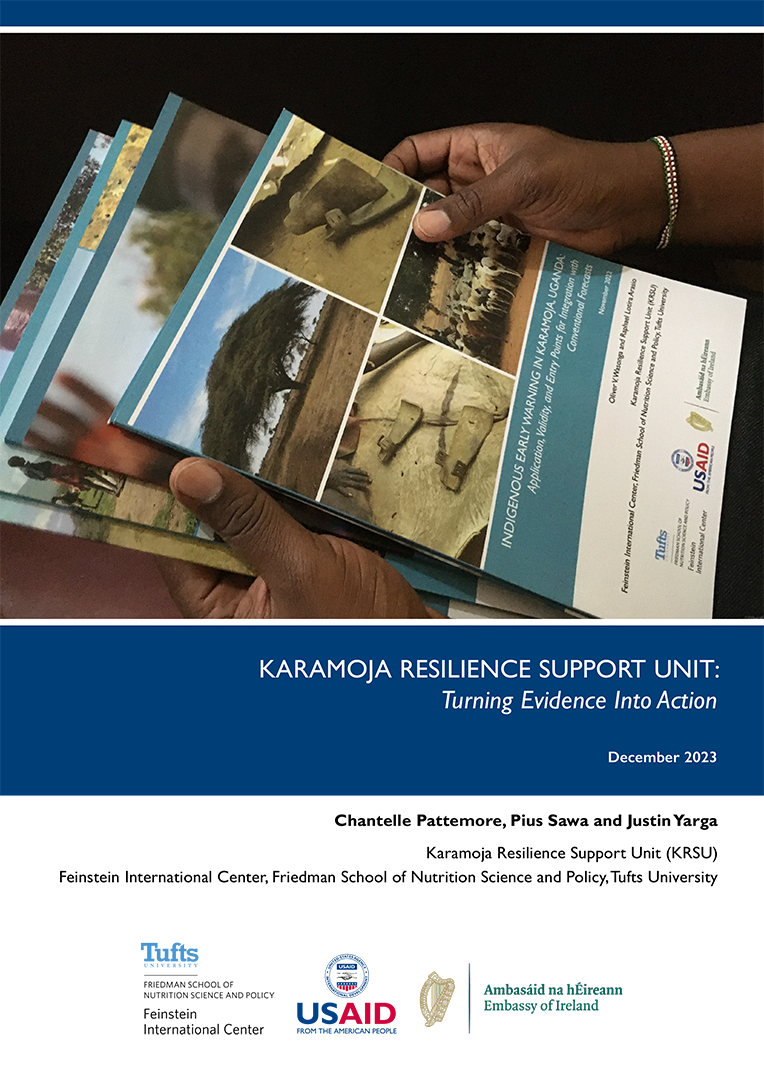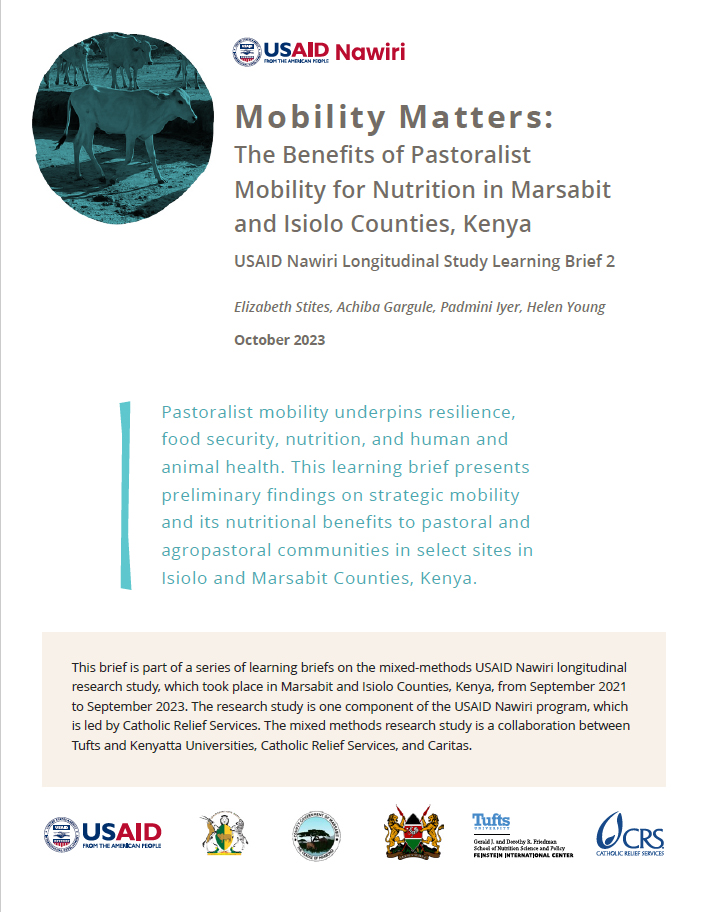The USAID Nawiri longitudinal study in Isiolo and Marsabit Counties in Kenya investigates the factors behind the stubborn persistence of child global acute malnutrition rates that surpass the 15% emergency threshold.
This study examined the immediate, underlying, and basic drivers of child acute malnutrition, as well as their temporal distribution across four sentinel sites in these counties.
From September 2021 to September 2023, researchers conducted bimonthly surveys, along with extended annual surveys and visits by qualitative research teams.
The study offers unprecedented insights into the fundamental causes of child acute malnutrition in Kenya’s ASALs, providing context and explanations for the persistently high rates of child malnutrition.
The results reveal seasonal and spatial variations influenced by livelihoods, climate, and the environment, with a particular focus on how these factors interact with institutions critical to resilient livelihoods.
The evidence and analysis have significant implications for stakeholders, highlighting potential systemic failures and missed opportunities in both development and humanitarian efforts.







